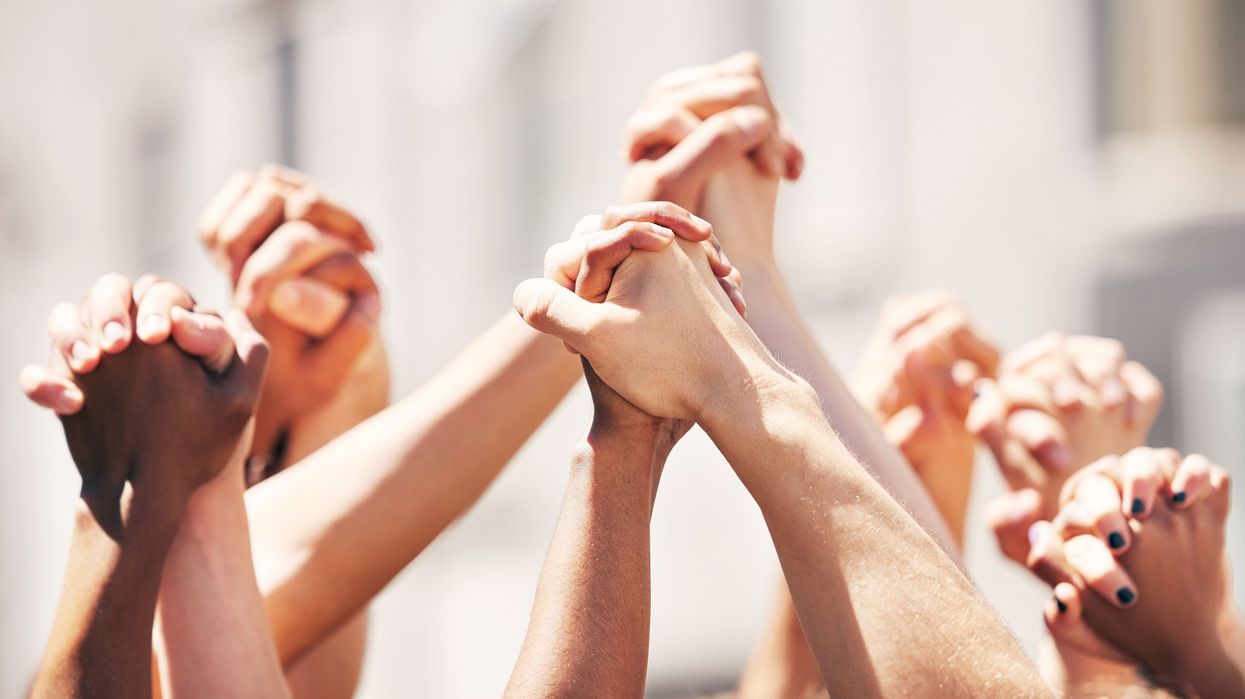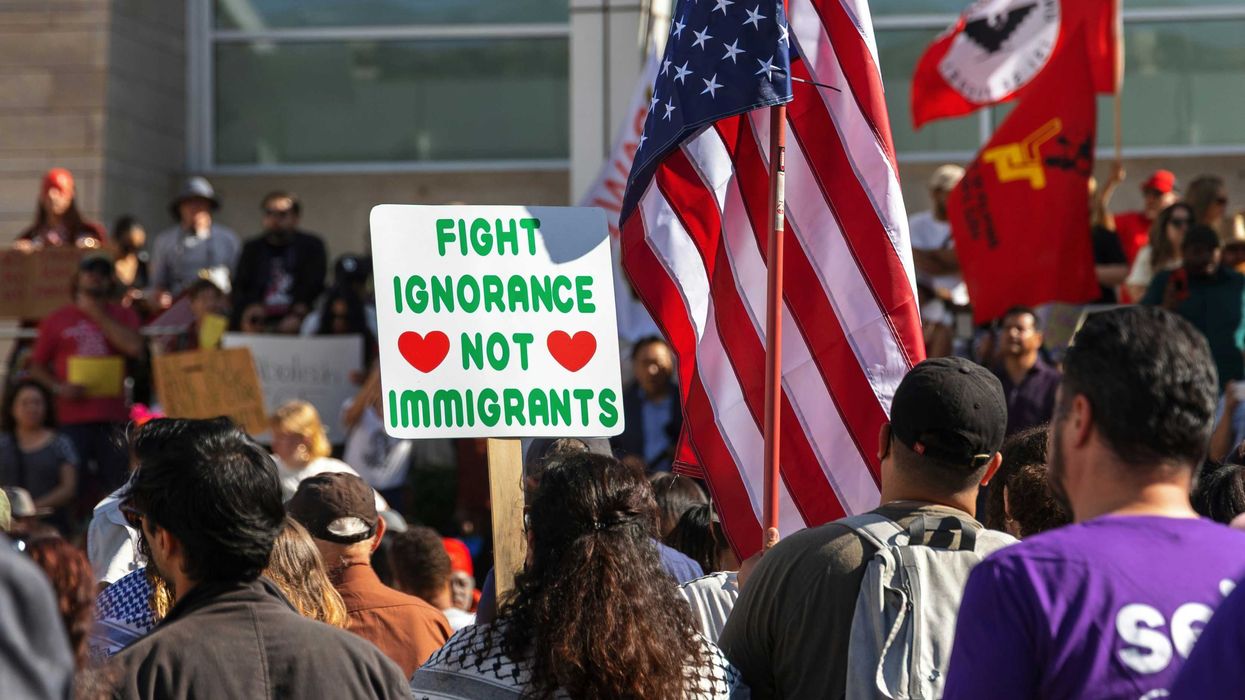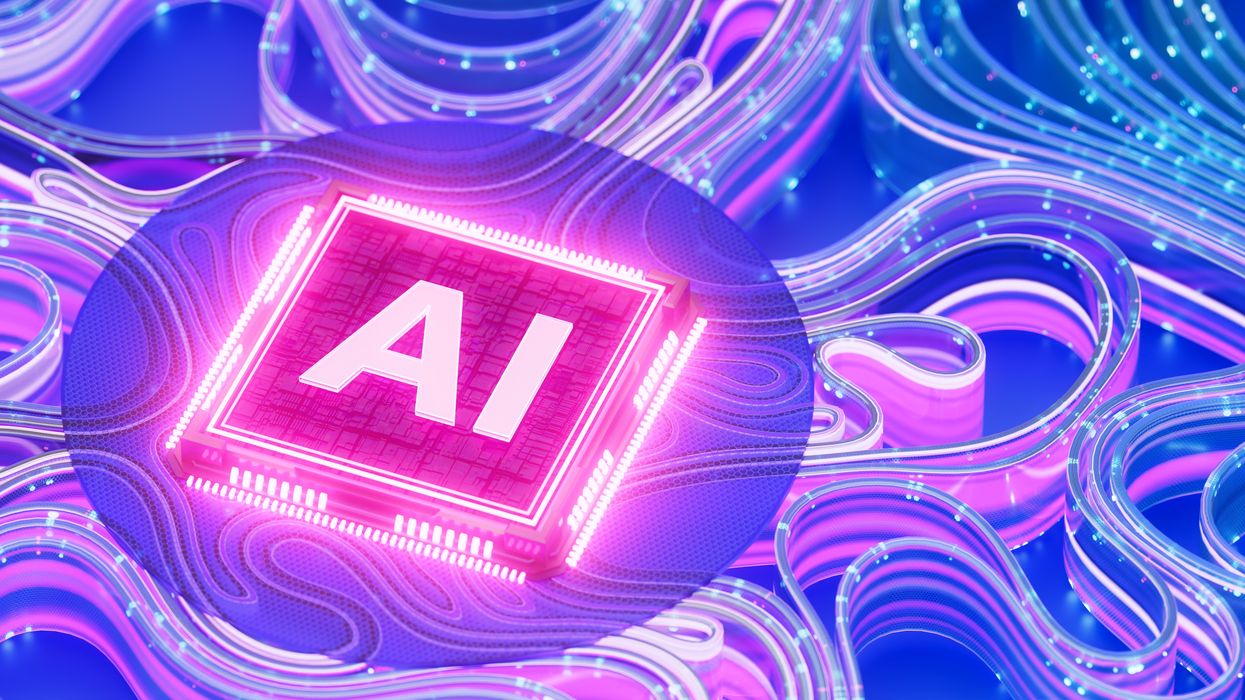At a time when faith in our democratic institutions is under assault and polarization runs deep, Law Day 2025 arrives with a powerful message: Out of many, one.
Observed annually on May 1st, Law Day is a reminder that the rule of law—not political whims, not brute force—is what protects liberty, ensures justice, and binds us together as one people. Established by President Dwight D. Eisenhower in 1958, Law Day invites Americans to reflect on the vital role of law in safeguarding freedom and fostering unity. Across the country, bar associations, courts, schools, and civic groups host events designed to renew public understanding of legal principles and their enduring importance.
Each year, the American Bar Association (ABA) selects a Law Day theme that reflects the evolving legal landscape and the pressing issues of the time. Themes are chosen through careful review of current events, legal trends, historical milestones, and civic education needs, ensuring each year's message sparks meaningful dialogue across the country.
Many themes have proven timeless, especially those centered on democracy, justice, and the Constitution. "Liberty Under Law," highlighting the balance of governmental power, was used in both 2006 and 2007. "America’s Promise: Justice for All" appeared in 1995 and 1999. More recently, voting rights — a cornerstone of democracy — took center stage in 2014 and 2020.
This year's theme, "The Constitution’s Promise: Out of Many, One," could not be more timely. It reminds us that diversity is not a threat to democracy — it is its foundation. The Constitution's Preamble declares the intention to "form a more perfect Union," recognizing that unity amid diversity is essential to our national identity. From the ABA:
“The Preamble to the Constitution boldly asserts that the Framers established the Constitution as representatives of ‘We the People, in Order to Form a More Perfect Union.’ On this Law Day, we explore and renew our duties to one another under the Constitution and our democratic norms. The Constitution establishes a framework for government that unites us as one citizenry, through means such as our representative government, jury service, and a regular Census. And through this commitment to our Union, we each provide for the common good through government responses to national crises and natural disasters, and through community and advocacy programs for students and adults.”
Events nationwide will mark this Law Day with a spirit of action and reflection. The ABA kicked off the celebration on April 24 by hosting a joint program with the Law Library of Congress on Constitutions, Unity, and the Rule of Law as well as collaborating on a Civics 101 podcast on the rule of law. On May 1, they will host a virtual panel, featuring Justice Stephen Breyer, civic leaders, and legal scholars who will discuss the essential roles of judicial independence and democratic norms. Also on May 1, a National Law Day of Action demonstration at the Supreme Court will visually reaffirm the legal community’s commitment to defending due process, fundamental rights, and the independence of the judiciary.
The message of Law Day 2025 holds particular urgency. We are living through a period when efforts to limit diversity, equity, and inclusion (DEI) are gaining momentum at the highest levels of government. Executive orders aimed at curbing DEI initiatives send a troubling signal: that difference is something to be feared rather than embraced. In this climate, the Law Day theme of unity through constitutional principles serves not only as a celebration but also as a defiant affirmation of our national ideals.
"E pluribus unum" — out of many, one — has been our country's motto since its founding. It symbolizes the audacious idea that a nation can draw strength from its differences, not despite them. Law Day 2025 challenges us to live up to that promise. It urges us to set aside political tribalism, to remember that the rule of law protects us all equally, and to recognize that our shared national identity transcends race, religion, ideology, and origin.
This Law Day, let us not simply honor the law with words but renew our commitment to its highest purpose. Let us reaffirm that "We the People" are stronger together — and that in defending the rule of law, we defend the soul of our democracy.
David Nevins is co-publisher of The Fulcrum and co-founder and board chairman of the Bridge Alliance Education Fund.
Kristina Becvar is co-publisher of The Fulcrum and executive director of the Bridge Alliance Education Fund.


















